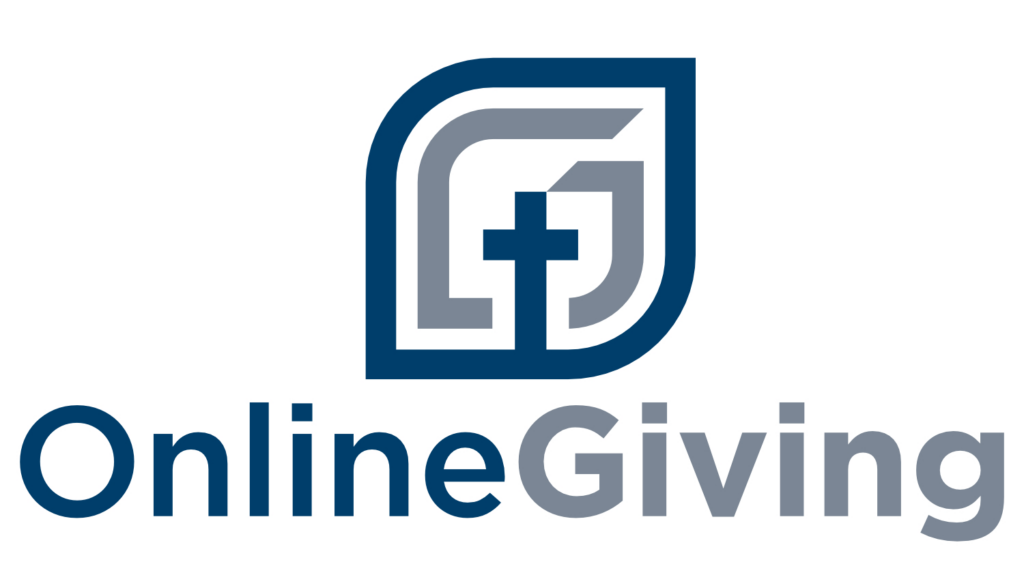In my opening post, I referenced a study entitled, The Giving Gap: Changes in Evangelical Generosity. The study was done by Infinity Concepts | Grey Matter Research. Ron Sellers of Grey Matter Research was gracious enough to give me an interview about their recent report. Due to the length of the interview, I will break it down into two parts. Ron shares background information and details about The Giving Gap in this part. Next week, I’ll talk to Ron about his view of how we need to rethink our approach to the tithe. I think you will find the discussion informative and fascinating.
Mark Brooks: Ron, recently, your organization released a new study on the current state of giving in Evangelicalism. Could you begin by giving us an overview of the report?
Ron Sellers: Well, this is a joint effort between Grey Matter Research and Infinity Concepts. Grey Matter is a company that specializes in serving faith-based and nonprofit organizations, denominations, churches, etc. And we do that through research, through consumer insights, through trying to basically answer questions. You know the kinds of questions ministries can be asked that will help them get answers to help them make wiser decisions, knowing a little bit more about the landscape. Infinity Concepts is an agency that also specializes in serving the Christian community in areas such as branding communications and fundraising. Infinity is working to put, in a sense, feet on what Grey Matter does. And so, we’ve been collaborating since 2021 on a series of reports.
In 2021 we put out a report called The Generosity Factor, where we looked at the giving of evangelical Protestants. And this report, The Giving Gap, is an update of that report. When Covid 1st hit, we heard great wailing and lamenting from ministries and nonprofits, saying with people staying home, with them not working, with the economy sinking, and everything else, we’re going to get a landslide of lapse donors, people not giving any more. What ended up happening in reality is that giving, and this is just nationally, not just among the evangelical population, but overall nationally, during the prime covid years, giving actually went to some of the highest levels ever measured. Now, that doesn’t mean those are high levels. But they were higher than what had been seen previously. And so, now that Covid has become sort of a thing in the back of everybody’s minds rather than in front of their faces with a mask, we wanted to update this and see where things have gone.
Mark Brooks: Can you give us an overview of the contents of The Giving Gap and what it looked at?
Ron Sellers: We essentially looked at the giving levels of evangelical Protestants. And there are, and this is something I’ll warn everybody who uses research in the Christian community, a variety of definitions of evangelicals out there, ranging from they represent 6% to 7% of the American population to they represent 40%. We define evangelicals by people who agree with Theological statements about the primacy of the Bible, the importance of evangelism, etc. So, these are Evangelicals by belief, regardless of what church they attend or whether they attend church. Regardless of what they call themselves or what their denomination is.
Grey Matter has done research previously that shows Americans in general, including Evangelicals, give radically different answers when asked about the amount of money they give and the proportion of their household income they give. The average person thinks they give proportionally, dramatically, more than they actually give. So, I mean, in some cases, they’re inflating their giving by about 800%.
We will compare the amount given to church, the amount given to charity, and then compare that to household income, and we come up with what’s called generosity, which is the proportion of household income that is given to church or charity.
Mark Brooks: So why is that important? What you just described is that to get out of even percentages and total amount, start looking at it from their household income. Why is that an important metric?
Ron Sellers: The higher the income level, the higher the capacity to give. Now, that is mitigated somewhat by the fact that you might have somebody who earns 40 grand a year, but they have no family, no commitments, they live very simply, the house is paid off, and so that 40 grand a year is for basic living expenses, and they’re free to give a lot more. You might have somebody else who is earning a hundred grand a year, but they’re putting two kids through college, supporting two elderly parents and an elderly uncle, and one of them is fighting breast cancer. These are all different factors that have to be taken into consideration.
Mark Brooks: What findings surprised you in The Giving Gap?
Ron Sellers: A lot of what we found didn’t surprise us, but a couple of things were different. One is that giving dropped substantially among virtually every evangelical type, both to church and charity. And when I say virtually every evangelical, I mean those with high spiritual engagement, those with lower spiritual engagement, younger, older, male, female, higher income, lower income. The generosity dropped, and it dropped to both churches and to charity. So, the amount of the drop surprised me, and the proportion who gave nothing at all rose substantially.
There’s one other thing that didn’t surprise me, but it was an anomaly in all of the numbers. This is a sample of a thousand people. So, when you look at that, that’s a good, healthy sample size from a research perspective, and it’s designed to be demographically representative of Evangelicals. It’s got the appropriate proportion of charismatic and noncharismatic and Baptist and Assemblies of God and everything else. But when you start breaking it down and looking at different subgroups, you only have a finite level of how far you can break it down.
But we do have a very robust sample of white Evangelicals versus Evangelicals of color, which would be American Indian, Asian American, African American or Black, and Latin or Hispanic. What we found consistently is that the giving drop was greater among whites than it was among evangelicals of color. In fact, in some measures, evangelicals of color actually increased their generosity during this time. So, there was substantially more steadfastness and even the occasional increase among evangelicals of color, and the decline was substantially higher and substantially greater among Caucasian evangelicals.
Mark Brooks: Can you put a finger on the why of that?
Ron Sellers: You know, my first thought was Evangelicals of color, people of color in the United States, tend to be somewhat lower in household income, and they tend to be younger. But when we look at those factors within Evangelicals, we see greater drops in generosity among the young and among the lower-income than we do among the higher-income and the older. So that flies in the face of the supposition that it’s because they’re lower income or younger on average. I don’t have an answer for why, and I can’t even separate it because we have smaller sample sizes of people of color. All I can tell you is that people of color, evangelicals of color, were substantially more steadfast in their giving over the past three years than were Caucasian evangelicals.
Mark Brooks: Ron, we have a lot more in this interview that I want to probe in our next edition of the Journal. For now, how can church leaders receive this study and other information you produce?
Ron Sellers: Probably the best way to start would be to go to our site, https://greymatterresearch.com. There you will find this study, as well as many others, listed for free downloads. You can also sign up for our emails, which will notify you when we have new information, studies, and help for church leaders.
Next week, we will probe more about the state of giving in America with Ron Sellers.


